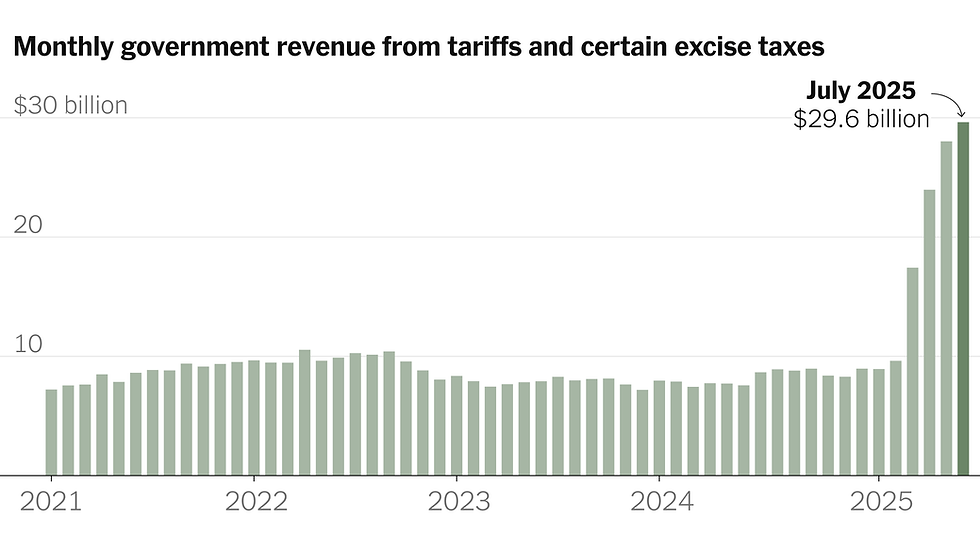Global Foreign Reserves in Danger
- Sameer Kalra
- Jan 12, 2023
- 1 min read
The global foreign currency reserves fell to $11.6 trillion in September 2022. This is a 10% drop in the first nine months of last year and the first fall below $12 trillion since March 2020. The majority of these reserves are held in dollars and are used to help maintain a stable foreign exchange flow to and from the country.
To keep a measure of this stability International Monetary Fund uses the Assessment of Reserve Adequacy(ARA) metric. This metric looks at whether countries have enough foreign reserves on hand to cover any acceleration of outflows.
According to 2021 data most of the countries were stable with China at 69% and India at 195%. But some countries that were already facing financial instability were much below such as Egypt at 51%.
But during 2022, the geopolitical and financial risks substantially increased due to war and interest rate hikes. Even the strongest of counties saw a fall in reserves. Japan saw a fall of 10% to $1.23 trillion which is the steepest fall since 2001 along with South Korea which also saw a fall of 10%.
The reason behind such falls is the domestic currencies faced a continuous drop in value against the dollar. This forced the countries to use these reserves to stabilise the currency as it impacts the import bill that is already inflated due to commodity inflation and used to pay foreign debt payments that are fixed payments.
This level of instability has already resulted in some countries defaulting on debt payments and this trend expected would accelerate in 2023 as the volatility and instability become stronger.






Comments